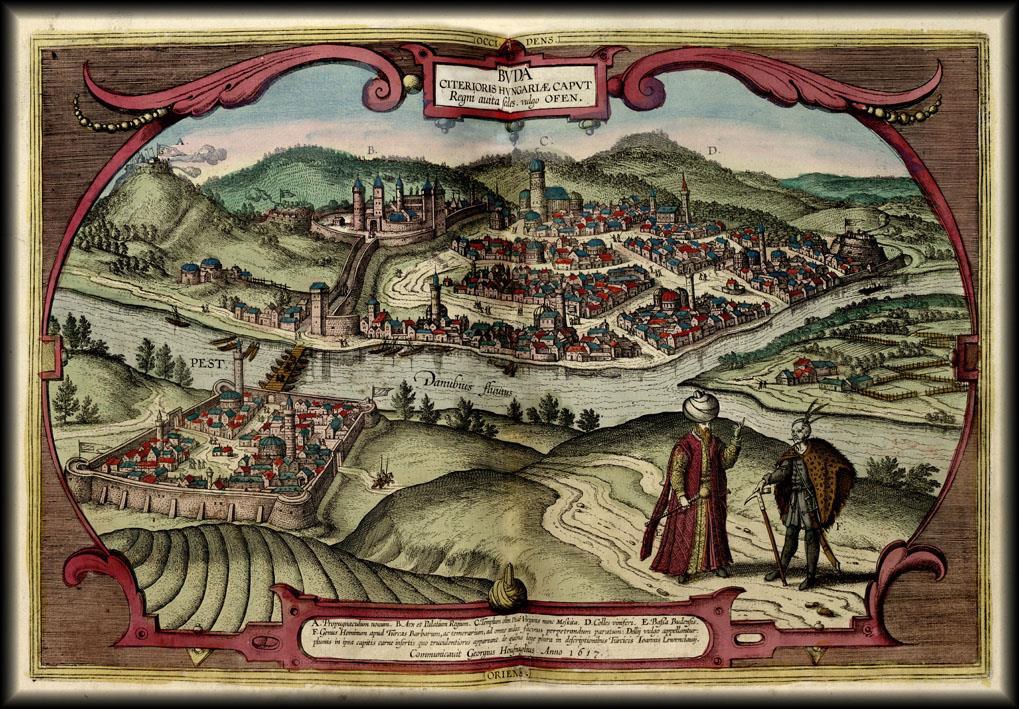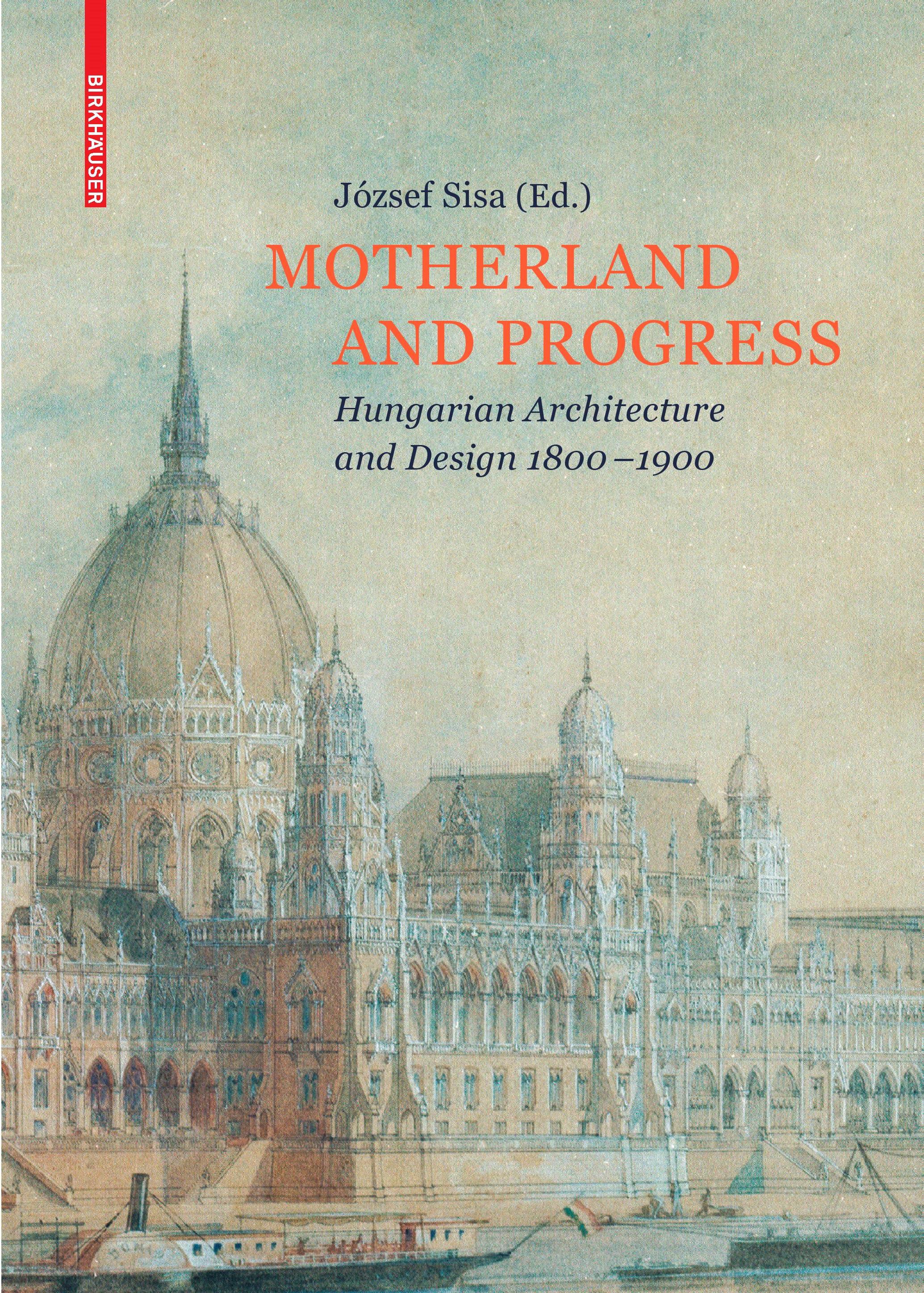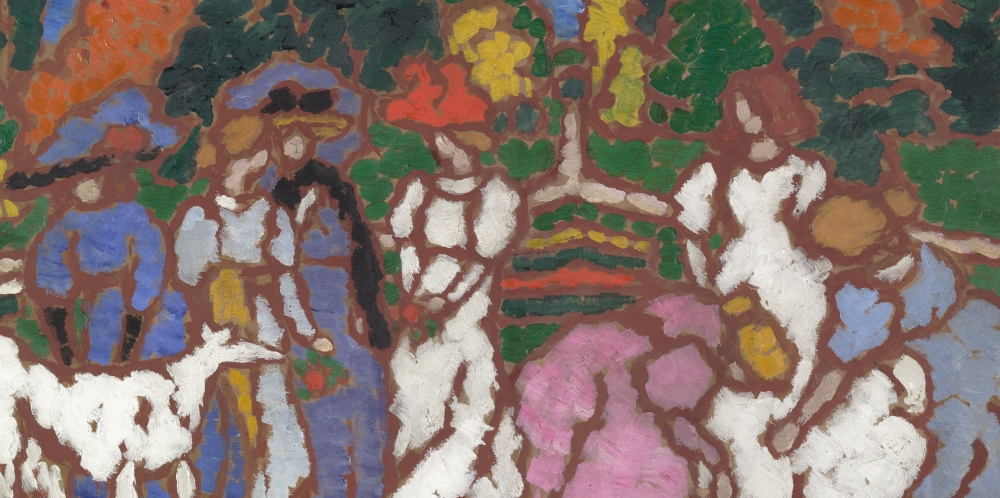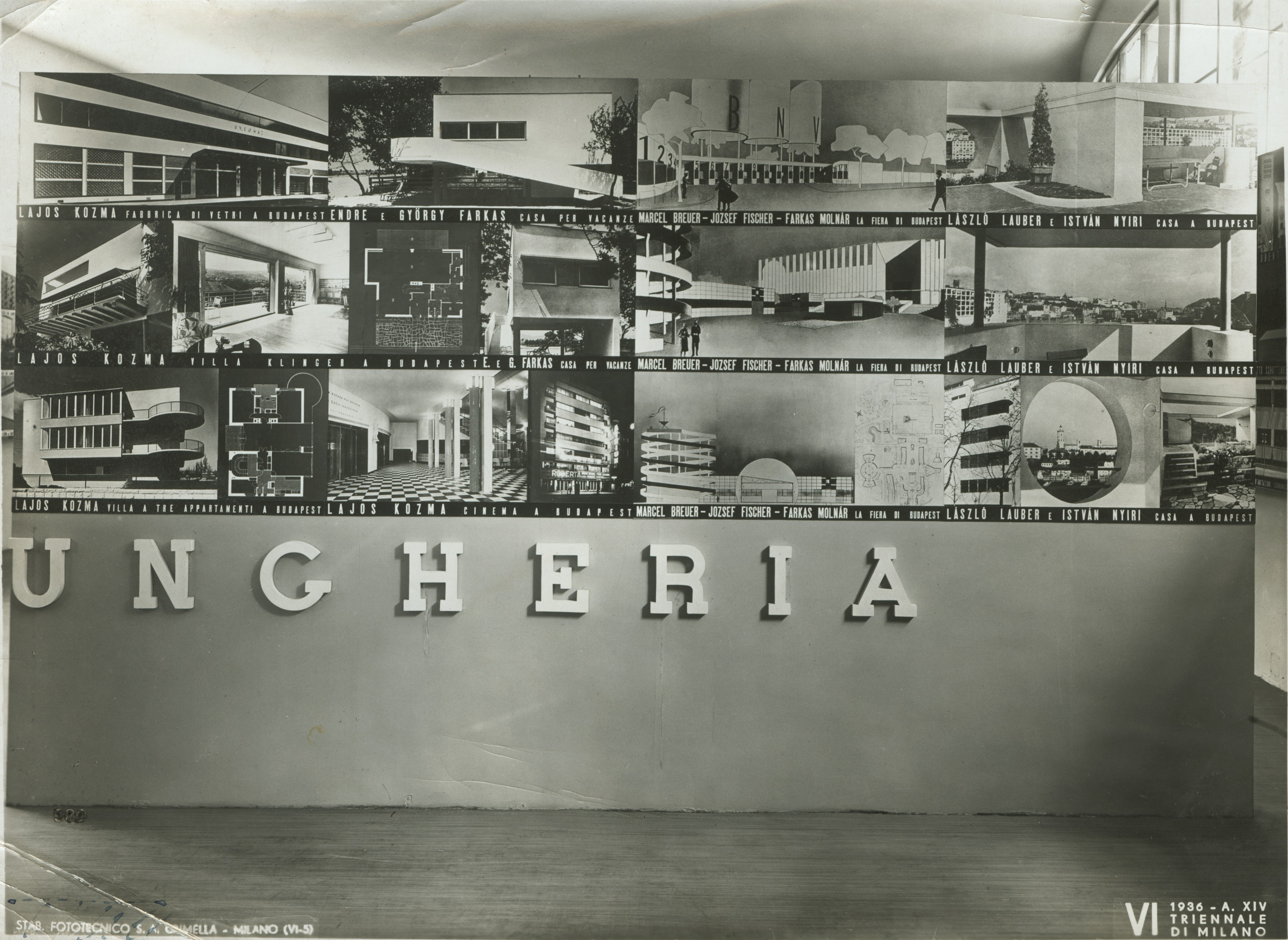
Events
- Details
Gábor György Papp, research fellow of our institute is going to present his paper entitled National Accent in the Architecture of the 19th-century Central-European Cities at the international conference The Central-European City: Historical Perspectives organised by the Institute of Philosophy, Research Centre for the Humanities of the Hungarian Academy of Sciences within the framework of the bilateral research project of the Lithuanian and Hungarian Academies of Sciences onTuesday, December 6th, 2016; 30 Országház st., Budapest, Pepita room. For the full programme of the event and abstracts please click here.

- Details
“Motherland and Progress” – the motto reflected the programme embraced by Hungary in the nineteenth century in its drive to define its identity and shape its future. It is most evident in architecture, which rose from slumbering provincialism to international brilliance. The greatest achievement was beyond doubt Budapest, evolving into a dazzling, world-class metropolis by the end of the century. The volume focuses not only on architecture, but also on the means by which the buildings were decorated and furnished, encompassing objects of representation and everyday life. The broader contexts of urban planning and garden design are also taken into consideration. Besides the traditional art historical approach, the topics are discussed from a sociological and cultural-anthropological angle. This is the most detailed survey yet of nineteenth-century Hungarian architecture and design in English, written by leading Hungarian experts. For ordering please click here.

- Details
2nd conference organized by the Research Group of Critical Theories (led by Edit András and Sándor Hornyik) Institute of Art History, Research Center for the Humanities of the Hungarian Academy of Sciences
After a quarter of a century, it is time to undermine the rigid duality of the ideologically charged official art and the autonomous, unofficial neo-avantgarde art. The conference aims to scrutinize the different ways of crossing ideological boundaries and the various forms of seemingly contradictory but actually overlapping artistic activities. The conference discusses the available theoretical frameworks to be applied for uncovering the ideological underpinnings of the Central and Eastern European neo-avantgarde in the time of socialism. The papers excavate the roots of its origins in the avant-garde culture and theory, and shed light on its connection to different visual cultures, i.e. socialist realism, abstract and surrealist art, pop art, etc.
Location:
Bartók Hall, Institute for Musicology, Táncsics Mihály u. 7, Budapest.
Time: May 15th Friday 9.30 am ‒ 13.00 pm
Keynote Speaker:
Tyrus Miller (University of California, Santa Cruz)
Presenters:
Dávid Fehér (Museum of Fine Arts, Budapest)
Maja and Reuben Fowkes (Translocal Institute, Budapest – London)
Sándor Hornyik (Institute of Art History, Research Center for the Humanities of HAS)
Katalin Timár (University of Pécs, Ludwig Museum – Museum of Contemporary Art, Budapest)
Moderators:
Edit András (Institute of Art History, Research Center for the Humanities of HAS)
Hedvig Turai (International Business School)
- Details
- Details
The Institute of Art History,
Research Centre for the Humanities,
Hungarian Academy of Sciences
cordially invites you to the lecture of
Paolo Cornaglia PhD
Researcher, Turin Polytechnic, Department of Architecture and Design
Filippo Juvarra and the Castle of Rivoli (Turin):
A New Royal Seat in the Framework of the European Royal Palaces
Date: Friday, March 21, 2014, 3 p.m.
Venue: Institute of Art History,
Research Centre for the Humanities,
Hungarian Academy of Sciences
(Magyar Tudományos Akadémia
Bölcsészettudományi Kutatóközpont
Művészettörténeti Intézet)
Meeting room (Tanácsterem)
Budapest,
Országház Str. 30
- Details
The Institute of Art History,
Research Centre for the Humanities,
Hungarian Academy of Sciences
cordially invites you to the lecture of
Professor Diane O'Donoghue PhD
Chair, Department of Visual and Critical Studies, Tufts University, USA
Member, Boston Psychoanalytic Society and Institute, Boston
Legends of the Night: Freud and Vienna's Dream Books in 1900
Date: November 19, 2013, 3 p.m.
Venue: Institute of Art History,
Research Centre for the Humanities,
Hungarian Academy of Sciences
(Magyar Tudományos Akadémia
Bölcsészettudományi Kutatóközpont
Művészettörténeti Intézet)
Meeting room (Tanácsterem)
Budapest,
Országház Str. 30
- Details
Continuing with events at the Musée d'Orsay on great figures in modern music – Mahler and Debussy - this exhibition will give the French public an opportunity to discover a particularly vibrant period in Hungarian cultural and artistic life, through Béla Bartók (1881-1945), the man and his music. In the early 20th century, musicians and painters in Hungary shared a desire to seek new forms of expression and a renewal with tradition. Breaking new ground within the European avant-garde, in just a few years they created their own distinctive idiom, a modernity imbued with the traditions of Hungary.

With around one hundred paintings from public collections in Hungary and from private collections, including numerous documents relating to the young Bartók and to the musicians, composers, writers, poets, philosophers and psychoanalysts in his circle (musical scores, photographs, films, archive recordings, etc), the exhibition aims to revive this rich dialogue between music and the arts from early 20th century Hungary.
This exhibition takes place under the high patronage of Monsieur François Hollande, President of the French Republic, and János Áder, President of the Republic of Hungary.
Curators:
Claire Bernardi, curator, Musée d'Orsay
Gergely Barki, art historian, Research Centre for the Humanities - Hungarian Academy of Sciences - INSTITUTE OF ART HISTORY, Budapest
Zoltan Rockenbauer, art historian
For mor info click here.
- Details

It will focus on Central-Eastern Europe as a fluid geo-political conception and politically unstable territory with constantly shifting borders within the given timespan. Recognizing the growing interest in the latest research on ephemeral architecture, this conference will focus on temporary constructions erected for national and international exhibitions as a means of conveying ideas to an immediate audience. In this perspective the pavilion will be considered as a hub of architectural and artistic trends, political visions and cultural and social issues. Its complex political, cultural, social, economic and urban context will be analyzed: the exterior and interior design of an exhibition pavilion, along with its location within the exhibition park and neighboring edifices, its function as projecting regional, national or corporate representation.
The first conference in the series, entitled Progressive Tendencies in Ephemeral Architecture – Hungarian Case Studies was held in Budapest, on 29th January 2011, with a special focus on the Hungarian pavilion architecture of the 19th and 20th centuries. It raised questions concerning the link between architectural trends and national politics. The advanced aspect of a pavilion was analyzed as a primary architectural value in connection with national, regional and corporate policies.
The second conference aims to get together art historians, architectural historians and scholars from various academic disciplines (history, political history, history of design, anthropology, ethnography, cultural and visual studies) applying inter-disciplinary approach to the topic.


